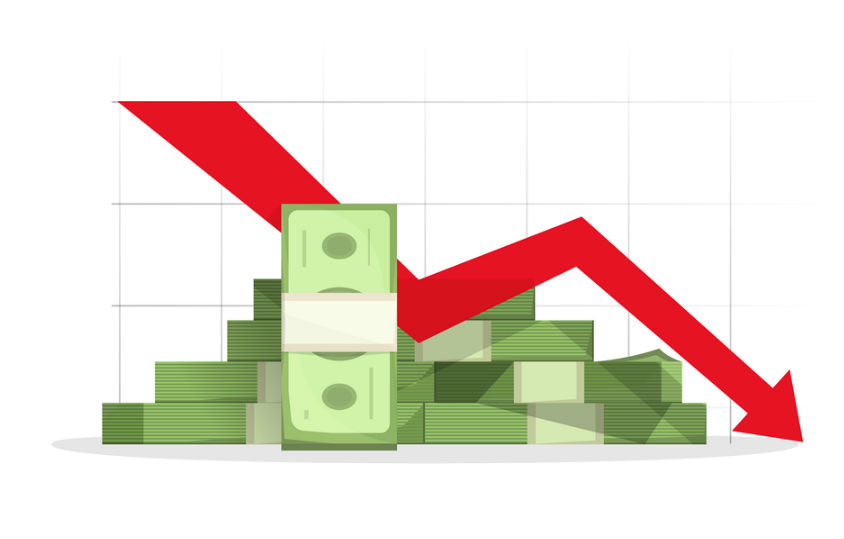Tighter labour markets automatically lead to higher pay but the statistics have lately defied that common sense

By Edward Hadas
LONDON (Reuters Breakingviews) — Workers in many developed countries seem to be missing something important — wage increases. According to conventional theory as expressed by the Phillips curve, which has been around since at least 1958, tighter labour markets automatically lead to higher pay. That sounds like common sense. Prices rise when demand exceeds supply, whether the market is for labour or for the newest must-have fashion item. But the statistics have lately defied that common sense.
In the United States, the unemployment rate has fallen from 8.2 per cent to 4.3 per cent in the last five years. The annual rate of increase in hourly earnings, not adjusted for inflation, has also picked up over the period, but only from 2.1 per cent to 2.5 per cent. In 2007, the last time the unemployment rate was steadily below five per cent, annual earnings growth was running at 3.5 per cent.
The situation is similar in Japan, Germany and the United Kingdom. Earnings are not responding to unemployment rates, which have fallen to historically low levels. In Japan, for example, the proportion of the labour force without a job has fallen 3.4 per cent to 2.8 per cent over the last year, buttressed by intense government propaganda in favour of higher wages. However, average pay was actually 0.2 per cent lower in the first quarter of 2017 than a year earlier.
Most economists keep expecting the curve to kick in soon. While waiting, they dig into the numbers for each affected nation. Some of them come up with semi-plausible statistical excuses for the misbehaviour. Maybe the reported unemployment rate overestimates the health of the labour market. Or perhaps reported wage increases underestimate the upward pressure on typical earnings.
Though the statistical sceptics may eventually be vindicated, the Phillips curve failures seem too widespread and have lasted too long to be explained away by a host of measurement quirks. It looks like some other trends are more powerful than the straightforward law of supply and demand. Explanations fall into three broad categories.
The first is financial. Maybe employers do not think they can afford to pay higher wages. They worry they won’t be able to pass through higher prices, or they cannot borrow in anticipation of higher revenues. Maybe they want to avoid the ill effects of any future central bank tightening.
Such theories look a bit threadbare. After all, monetary authorities around the world have spent a decade pushing cheap, free or we-pay-you-to-take-it money into the economy. Still, there may be some truth to the idea. The banks and other intermediaries which are supposed to distribute the cheap funds seem to be better at transmitting funds into asset markets than into the wage-paying economy.
The second set of explanations is economic. For some reason, employees’ bargaining position is weak. The reason? It might be failing unions, or newly appearing masses of cheap labour from developing economies. It might be the increasingly fragmented patterns of careers, including a rise in part-time workers on the margin of the labour force. Maybe the threat of automation is keeping workers docile. Or the slowdown in productivity growth might somehow be weighing on wages.
The observations are sound, but as explanations they each have serious problems. Unions are still readily available to join. Exchange rates basically balance out differences in lower wage levels, and the currency of China — the principal addition to the global market — has appreciated mightily. In a tighter market, marginal workers become less marginal and should expect to earn more. And even if productivity gains are really slowing, it does not automatically limit increases in nominal wages.
The last family of explanations is sociological. This discipline has a weakness for restating the obvious in fancy words. That dismissive observation may apply to so-called explanations such as the existence of a deeply entrenched “disinflationary psychology”. This form of dampened animal spirits may well exist — inflation rates have been on a declining trend for more than three decades. But putting a label on it provides little insight.
More substantially, demographic forces might have broken the Phillips curve. Like inflation, fertility rates in every developed economy have also been falling for decades. Perhaps the shrinking number of young workers desperate for higher pay reduces the overall pressure for higher wages. But in honesty, if the 1960s’ inflationary psychology had persisted, it would also be easy to find demographic explanations.
Economists, businesspeople and politicians will just have to wait for a better explanation, or for a change in the trend. At least the slow wage growth causes them few practical problems.
Central bankers face a bigger challenge. Some version of the Phillips curve has helped guide monetary policy for decades. Then again, monetary authorities signally failed to anticipate the largest financial crisis in a half-century. The consequences of the wage confusion are likely to be far less dire.




